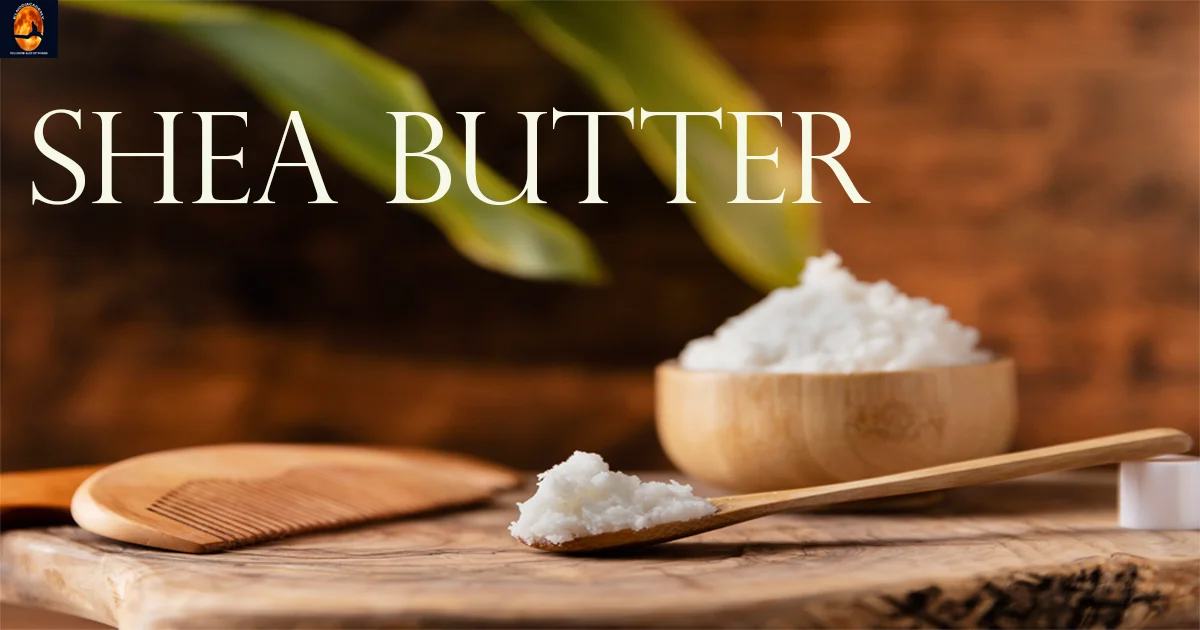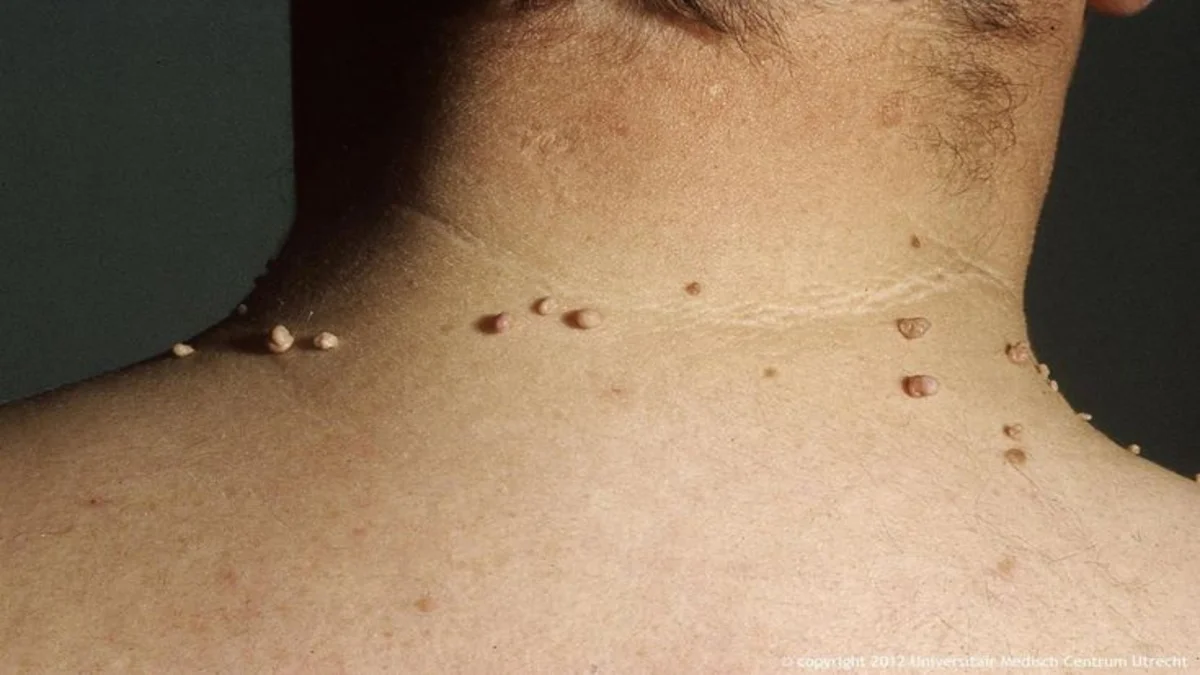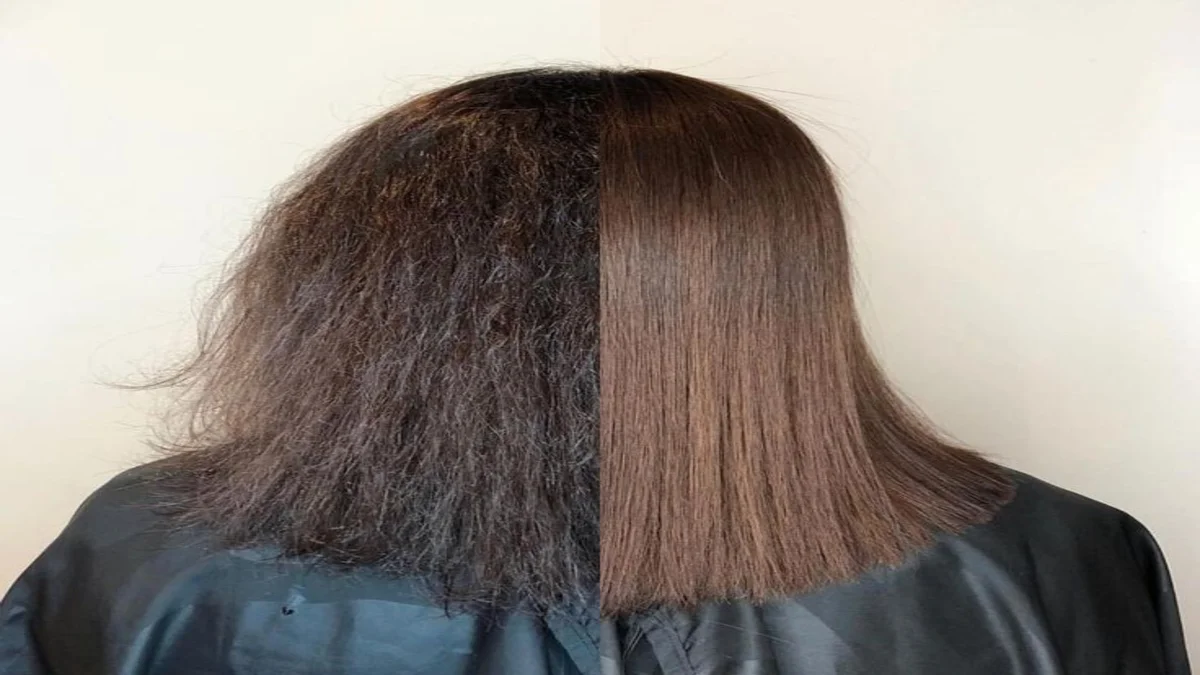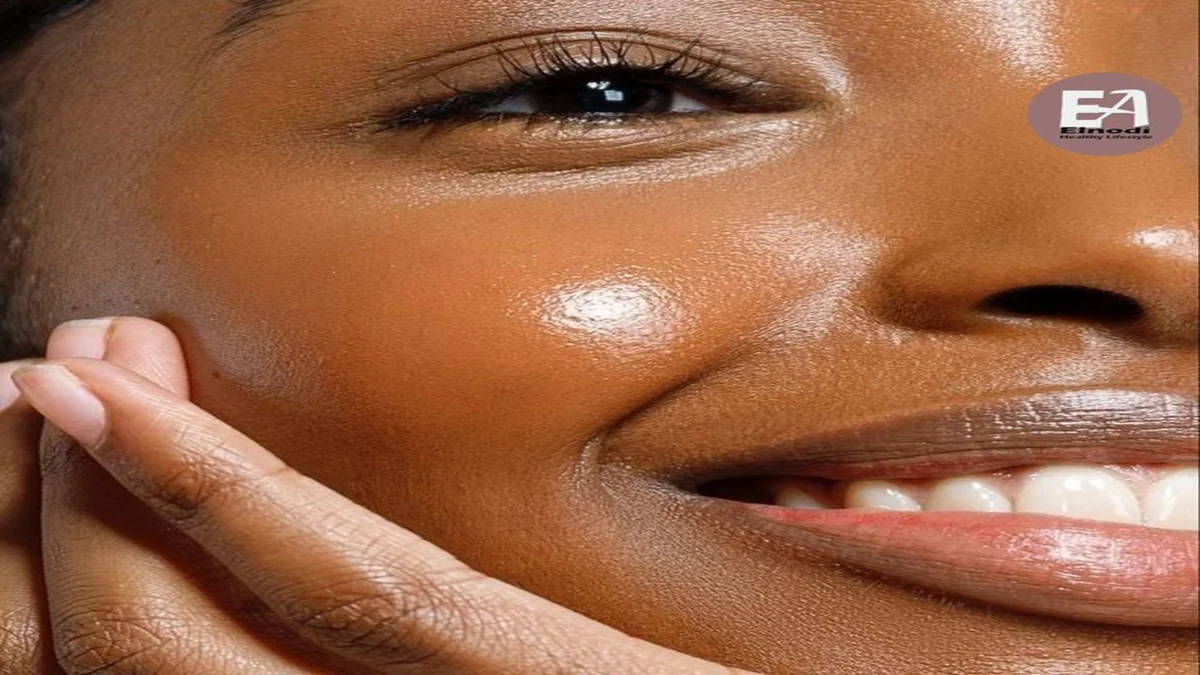what is Shea butter?
Shea Butter is a natural oil extracted from the nut of the shea tree. We have used it for centuries as a moisturizer and skin treatment.
Shea Butter is rich in vitamin E, fatty acids, minerals, antioxidants, and amino acids. It helps prevent dryness and irritation of the skin and promotes healing.
We also know Shea Butter reduces inflammation and relieves pain. It is often used to treat eczema, psoriasis, and other skin conditions.
The source
We extract it from the kite nut trees found in East Africa, which are the so-called trees of life, where the butter is extracted in East Africa by simple primitive methods, all the way to raw butter.
Almonds or walnuts, which have a smoky smell and a mild and completely unobtrusive smell, are raw it is placed in preservative packages and does not need refrigeration at all and maintain their strength, and are exported to all parts of the world, and are refined and entered many cosmetic industries and types of creams.
Benefits for hair
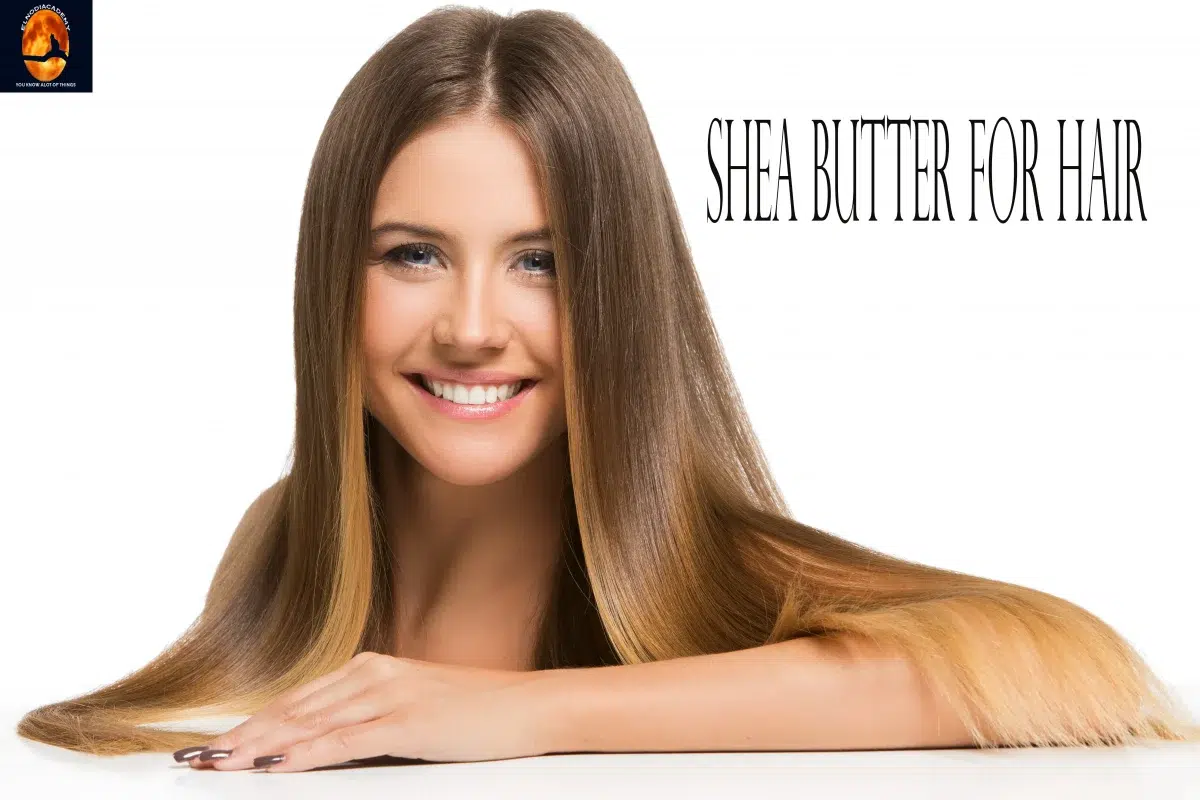
There are many benefits of shea for hair, including:
Repair damaged hair
When chemical treatments are generally used as a hair conditioners, they remove the natural moisture from the hair, while shea helps restore hair moisture, protecting hair from harsh weather, and sun damage caused by exposure to UV rays; Because it contains an amount of protection factor (SPF), and when shea butter applies to the hair.
We protect it from any harmful substance, or from any heat tool placed on it, and it is especially useful for treated or dyed hair, and also protects the hair from salt and chlorine if used. Before swimming.
The way to use it for hair care is:
the ingredients:
- 1 tablespoon of raw shea butter.
- Some drops of lavender oil.
How to prepare:
- Put the shea in the microwave for thirty to sixty seconds to melt.
- Leave the butter to cool slightly and add the oil to it.
- Divide the hair into small strands, then apply the butter to the entire scalp and hair.
- Leave the butter on the hair for half an hour, then wash the hair with an appropriate shampoo.
Prevent hair loss
Shea contains fatty acids that protect the scalp and hair, and contains many essential nutrients that improve the scalp and hair health, make hair follicles strong, and reduce hair loss and loss.
It also contains anti-inflammatory properties that prevent hair loss as well. When using shea, increases the density of the hair and gives it a natural shine.
Soothes dry scalp and reduces itching
Shea relieves the dryness of the scalp and itching caused by dandruff.
Shea has anti-inflammatory properties and contains rich lipids that are absorbed by the skin without leaving a greasy residue, thus it is effective in treating dry scalp, psoriasis, and other scalp problems.
Strengthens hair and reduces breakage
Shea moisturizes and regenerates hair, and strengthens hair, because it contains vitamin A and vitamin E, and thus helps to calm and repair dry hair.
Use as a natural hair conditioner
Shea contains vitamin A, and vitamin E, which moisturizes the hair from the roots to the ends, and she can be used as a natural conditioner, because it is effective in moisturizing the hair, without leaving the hair greasy.
It is used to soften hair
Shea softens hair, revitalizes brittle hair as well, and because of its non-greasy nature, it helps control hair oils in the scalp. The method is:
Ingredients:
- A large amount of shea.
How to prepare:
- We apply it to the hair with continuous massage to get soft and silky hair and to get rid of frizz and brittle hair.
- We use twice Shea every week for hair growth, thus improving hair texture and hydration.
Shea butter recipe for hair growth
Melt in a water bath one hundred grams of shea, add to it twenty grams of apricot kernel oil, mix and then put it in the refrigerator until it cools, then add to the mixture forty grams of cornstarch, ten drops of rosemary essential oil, and twenty drops of lemon essential oil. Mix well, and apply the recipe to the hair.
Benefits for the skin
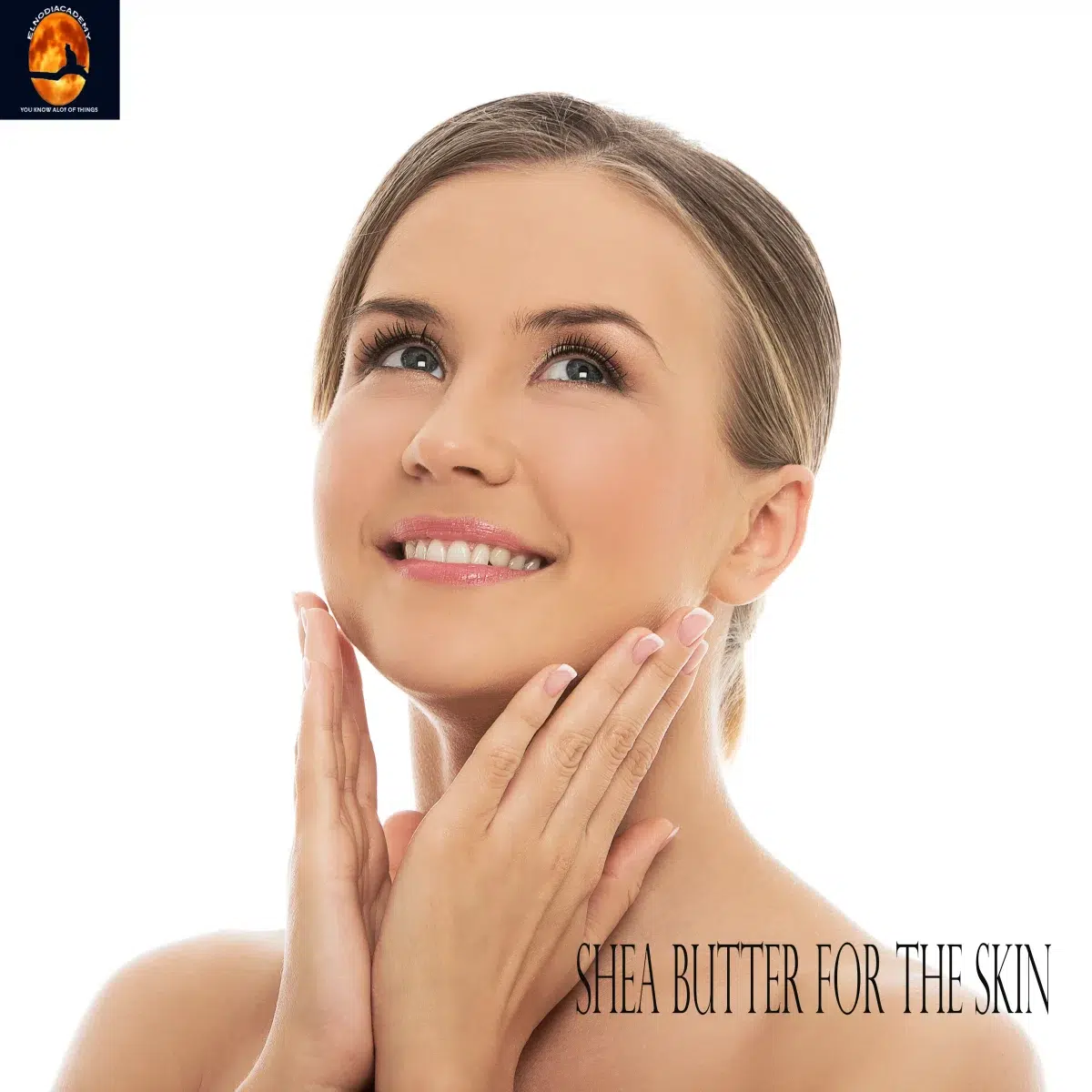
There are many benefits of shea for the skin, including:
Moisturizing
Putting a shea on the skin moisturizes it, and it can help treat eczema. Shea also moisturizes the hair and scalp, and when owners of curly and coarse hair use it, it maintains moisture in their hair and increases its softness.
Anti-inflammatory
Shea can help protect the skin and make it less susceptible to stimuli. Because it contains anti-inflammatory properties.
Anti-aging
Shea helps regenerate cells, reduces signs of aging, and strengthens and boosts collagen. This is because it contains a chemical compound.
It might aid in avoiding acne
Diverse fatty acids are abundant in shea. This distinctive mixture aids in removing extra oil from your skin (sebum).
Shea also replenishes moisture in your skin and seals it inside your epidermis, preventing dryness and an oily “stripped” feeling.
As a result, your skin’s natural oil balance is restored, which could prevent acne from developing.
It increases collagen production.
We find Triterpene in shea. We believe that these naturally occurring chemicals inhibit collagen fiber breakdown.
This could make the skin look plumper and less noticeable for fine wrinkles.
It provides further sun protection.
Shea is ineffective as a sunscreen on its own.
But applying shea to your skin provides some additional sun protection, so use it besides your preferred sunscreen on days when you plan to spend time outside.
SPF in shea ranges between 3 and 4.
Sunburn and other types of skin burns might be relieved.
Oils, like sunburn, may help treat superficial (first-degree) skin burns, according to a research-validated source.
The anti-inflammatory properties of shea may lessen inflammation-related redness and swelling. By keeping moisture in the skin while it heals, its fatty acid constituents may also calm the skin.
Although the researchers in this study determined that the usage of shea, aloe vera, and other natural products is widespread, additional research is required to determine their effectiveness.
It could ease the pain from insect bites.
Historically, bee stings and pest bites have been treated with shea to provide relief.
Shea may reduce swelling that might be brought on by stings and bites, according to anecdotal data.
However, no clinical research has been done to back this up.
Consider consulting a health practitioner and sticking to tried-and-true remedies if you’re dealing with excruciating pain and swelling from stings or bites.
It facilitates cell renewal
Shea’s hydrating and antioxidant characteristics combine to support the production of healthy new skin cells in your body.
Your body regularly produces new skin cells and sheds old ones. In reality, you shed anything from 30,000 to 40,000 old skin cells every day.
We made the top layer up of dead skin cells. At the base of the top layer of skin, new skin cells develop (epidermis).
Fewer dead skin cells will obstruct the epidermis’s ability to regenerate new skin cells if your skin’s surface has the proper moisture balance.
Shea butter recipe for skin lightening
We put in a bowl a small amount of olive oil with shea and mix them together well, then apply the recipe on the face, considering the massage, and leave it for five minutes, and then wipe the skin with a clean white sterile cotton or screen.
Benefits for health
Shea is used to treating many health problems, including:
Treat rheumatism
We often know rheumatism as joint pain, inflammation, and stiffness. Pain and swelling can be present in muscle or fibrous tissue only. Shea contains anti-inflammatory properties that help treat rheumatism. Because it is an inflammatory disease, we use it as an ointment applied to affected body parts to reduce pain and swelling.
Treat Arthritis
Increased age and obesity are associated with chronic joint disorder, and arthritis can be very painful, the pain is permanent, and it disrupts the basic movement and life of the patient. Shea butter contains compounds that have anti-inflammatory and antioxidant properties, and patients with arthritis with excellent results in relieving swelling and pain have used it.
Treat rhinitis and congestion
Shea can treat nasal congestion by applying shea to the nose using fingers.
Nasal congestion results from inflammation of the inner linings of the nasal passages, and shea contains anti-inflammatory compounds that reduce this inflammation and cleanse the nose.
Helps heal wounds
Shea butter contains moisturizing properties for the skin and healing properties that help heal wounds quickly. When used regularly, it easily absorbed shea into the skin, providing it with all the essential lipids and nutrients while strengthening cell repair by increasing microcirculation.
It might ease aching muscles.
As your body heals muscular tissue, overextended muscles may experience inflammation and stiffness.
By lowering inflammation, shea butter may ease joint pain and aching muscles alike.
Benefits for the lips

We summarize its benefits for the lips as
- Moisturize it and use it as a conditioner.
- It maintains its smoothness.
- Get rid of cracks, and make them pink.
Shea butter recipe for lips
We put in a bowl a teaspoon of shea, a teaspoon of beeswax, and a teaspoon of coconut oil and mix them together well until we get a homogeneous mixture, then paint the recipe on the lips, and this recipe works to protect the lips from the effects exterior, gives it a light color, and moisturizes it.
How to store?
We kept Shea in a cool and dark place and put it in one of the following containers
- A plastic bag that can be opened and closed, as it preserves moisture and keeps air away from it, besides the possibility of using it several times, by taking the amount and re-closing it well.
- A plastic container with a lid, which may be lighter, does not break easily, and can be placed anywhere.
- A glass container with an airtight lid, this container may be more durable, insulated, and easier to take out and put back on the shelf.
- It is recommended to put shea in the refrigerator when the temperature of the house is approximately 24 degrees Celsius, but this may make its texture very hard, and it may cause the formation of grainy flakes on top of the butter, which is something that some may not like.
The difference between refined and unrefined shea butter
There are two main types of shea, one of which is raw unrefined, which is one of the purest varieties of shea; As it is natural and less processed.
It is also extracted manually, and thus keeps its natural properties, vitamins, minerals, and other beneficial elements, but it undergoes a basic filtering process using clay, cheesecloth, or others, which may change its color, smell, and texture, then it is melted and converting them into molds and selling them in the form of bars or sticks, and they are graded in terms of quality ranging from AF; Whereas, grade F is the purest among them.
How to make Shea Butter Moisturizing Lotion
Homemade moisturizing lotion for the superior care of the skin of the body is made by taking advantage of the previously mentioned valuable properties of shea and mixing it with other rich and beneficial elements, and we do it in the following way:
Materials needed
- 1/2 cup shea butter.
- 10 drops of lavender oil.
- Two tablespoons of nourishing oil, such as apricot, jojoba, avocado, sweet almond oil, olive oil, or coconut oil.
- 3 drops of carrot seed oil.
- 5 drops of rosemary oil.
- 3 drops of tea tree oil.
Preparation method
- Melt the shea by placing it in a saucepan over medium to low heat.
- Add the nutritious oil to the melted shea and turn off the stove, then pour the mixture into a suitable container and place it in the freezer to restore its solid consistency, where it is left for 15-20 minutes.
- Remove the solid mixture from the freezer, add the other oils and carrot seed oil, then whisk the ingredients together with the help of a whisk until you reach a soft, thick consistency similar to the consistency of whipped cream.
- We place the whipped lotion in a suitable container, kept at natural room temperature, and used it by applying it to the body and face as desired.
Note: 1-2 tablespoons of nourishing oil can be added, which produces a softer lotion; Because shea butter is a thick product that may cause the lotion to be oily, but it is easily absorbed by the skin, and we can whip it when needed if we add no additional oil at first.
Side effects and risks
Topical shea butter allergies have never been reported. Shea butter on the skin should be safe to use even for those with tree nut allergies.
Having said that, stop using if irritation and inflammation occur. If you have severe pain, swelling, or breathing difficulties, get emergency medical help.
Summary
Shea butter is an effective moisturizing agent for dry or damaged skin.
It contains vitamins A, D, E, F, K, and minerals like zinc, copper, iron, magnesium, manganese, phosphorus, potassium, selenium, sulfur, calcium, and silica.
It is a great source of vitamin E, which helps protect against free radicals and wrinkles.
You should stop using a shea butter product and consult a doctor or other healthcare professional if you suffer any side effects that you believe are related to it. They can advise you on any necessary next measures and help figure out what is causing your problems.


